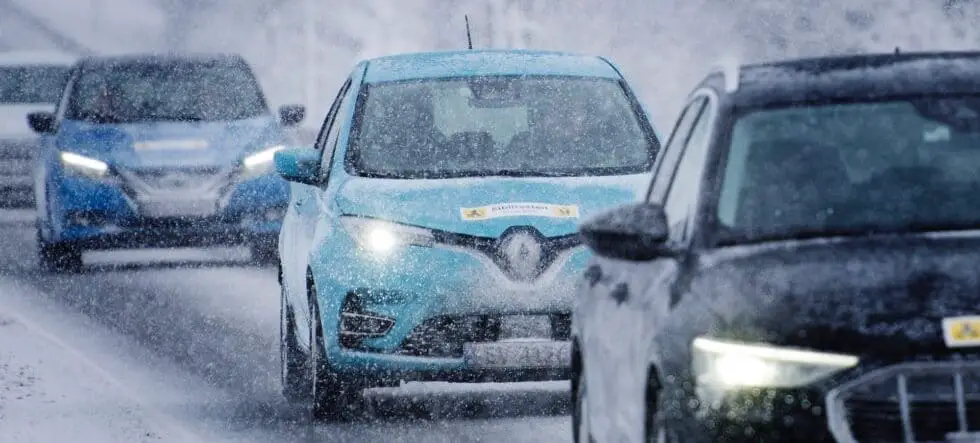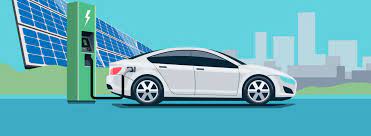Things that will drain your EV battery.
Once you decide to invest in electric vehicles you must make sure there are enough charging points along your chosen routes before you begin your journey. For combustion engine vehicles it is easy to drive because of the readily available gas station,


Once you decide to invest in electric vehicles you must make sure there are enough charging points along your chosen routes before you begin your journey. For combustion engine vehicles it is easy to drive because of the readily available gas station, unlike electric vehicles that are not fully mainstream due to resistance from the public among many challenges. For Electric Vehicles to be more common there is a need to have more charge stations in the country.
You must begin your journey with enough charge to have a smooth ride to your destination. Here are some of the things that will drain your battery quickly
i) Acceleration
How hard you press the pedal greatly impacts your battery range. Higher acceleration requires a significant burst of energy. This surge is especially noticeable in vehicles with a boost button or other quick-power features. Smooth acceleration helps support a longer battery range. If you’re trying to maximize every charge in your EV, go easy on the “go” pedal.
ii) Weather conditions
Environmental conditions will cause your battery range to fluctuate, but frigid temperatures can drain your battery significantly faster. It requires more energy to keep your battery running when it’s cold outside, so you’ll likely need to charge your EV more frequently during the winter months.
iii) Heat and air conditioning
More energy is needed to keep the cabin warm during periods of extreme cold. Bumping up the heat for comfort while driving takes more energy from the battery. Similarly, blasting the air conditioner when it’s hot outside cuts the battery range. Controlling the cabin and battery temperature is the biggest power drain second to driving the vehicle.
While running the heat may drain the battery, turning on the heated seats uses much less energy. This feature typically operates by warming up a heating element, which doesn’t require any fans to move the air around.
iv) Weight
The size of your EV, the total passenger load, and how much cargo you carry all play a role in draining the battery. Batteries expend less energy to move lighter loads, so keep that in mind during your next road trip. Pack light if your goal is to stop less often for a recharge. For example, keeping unnecessary gear and heavy things, such as spare bags of dog food or cat litter, out of the vehicle can help extend the time between charging sessions.
v) Navigation and infotainment systems
Today’s larger infotainment systems along the dashboard require more energy to operate than those from a few years ago. If your EV has screens for the rear passengers and if you use USB ports to charge electronic devices, these can also contribute to draining your battery. Still, using all these electronic safety features, premium sound systems, and ambient cabin lighting in a new electric car might equate to about a mile of range per hour of driving.
vi) Identify your battery usage
Many electric vehicles have features that show what functions of the car are using the most battery power. You also may be able to check key statistics such as battery health and average range per trip. Consult your owner’s manual or mobile app to confirm, and start maximizing your battery range with every drive.




